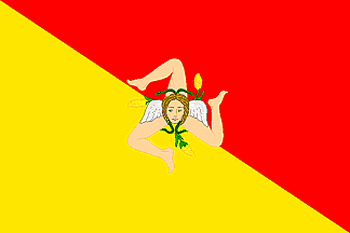国家/地区
最后修正 2021-01-12 18:58:56
在此您可以得到世界各国和地区的法文,英文,中文名称。 这个珍贵的全人类共享的土地的集合,不仅包括世界上的独立国家, 而且也包括非联合国联合国:我联合国人民,团结起来追求更美好的世界!会员国的特殊领域。 请咨询 法语国名/地区名阴阳性详表。
1
id
国家/地区
英语国家/地区名
Sicily
法语国家/地区名
Sicile
countryucasefr
SICILE
国家/地区名
西班牙语国家/地区名
Sicily
意大利语国家/地区名
Sicilia
葡萄牙语国家/地区名
Sicily
德语国家/地区名
Sicily
countrylocal
Sicilia
countryfull
Sicily
countrynm
Sicily
国际编码2
ITAS
国际编码3
ITAS
countrycodeisono
380
countrycodevehicle
I
countrycodeolympic
ITA
countrycodeirs
IT
countrycodeirsfr
IT
countrycodeirsmixt
SCL
countrycode
39
countrycodefr
39
♀女性
1
4
6
84
languagesfr
Italien
religions
Catholic, others
2
currency
Euro
currencyfr
Euro
currencyisocode
EUR
currencyisocodefull
EUR 978
currencypxcode
EUR
currencysymbol
€
currencysubdivision
100 cents
currencyregime
float
currencyvalue
1.2203
nationality
Italian
nationalityfr
Italienne
首都
Palermo
capitalfr
Palerme
电话号码前缀
39
longtitude
38
latitude
13.5
面积 km2
25 426
arealand
25 706
summit
Mt. Etna (an active volcano), rises 3 323m
The central plateau slopes to coastal
timezonedeltabegin
1
flaglink

maplink
sicilymap.gif
outlinemaplink
sicilyout.gif
maincities
Palermo
largestcity
Palermo
largestcitypopulation
676 000
人口
5 200 000
location
Sicily is the largest island (25,426 sq. km.) in the Mediterranean; it is also the most important economically and has the richest heritage of history and art. Its geographical particularity lies in its compact but varied orographical structure, the uniformity of its rivers, the typically Mediterranean climate and the insularity which has helped Sicily to experience homogeneous historical development with originality of custom, art and culture.
Together with the minor Aeolian islands (the Lipari), Ustica, Egadi, Pantelleria and the distant Pelagie, Sicily is the most extensive region in Italy, though it has only the fourth highest population. The population density is slightly higher than the national average.
The island is bounded by the Tyrrhenian Sea to the north, the Ionian to the east and the Sicilian Sea to the south-west; the Strait of Messina separates it from Calabria.
terrain
Most of the island is a mountainous plateau. The highest point, Mt. Etna (an active volcano), rises to 10,902 ft. (3,323m). The central plateau slopes to coastal lowlands, fertile areas drained by many small rivers amd streams.
Significant rivers include the Salso and Simeta.
7
rgbback
16777215
todate
1
